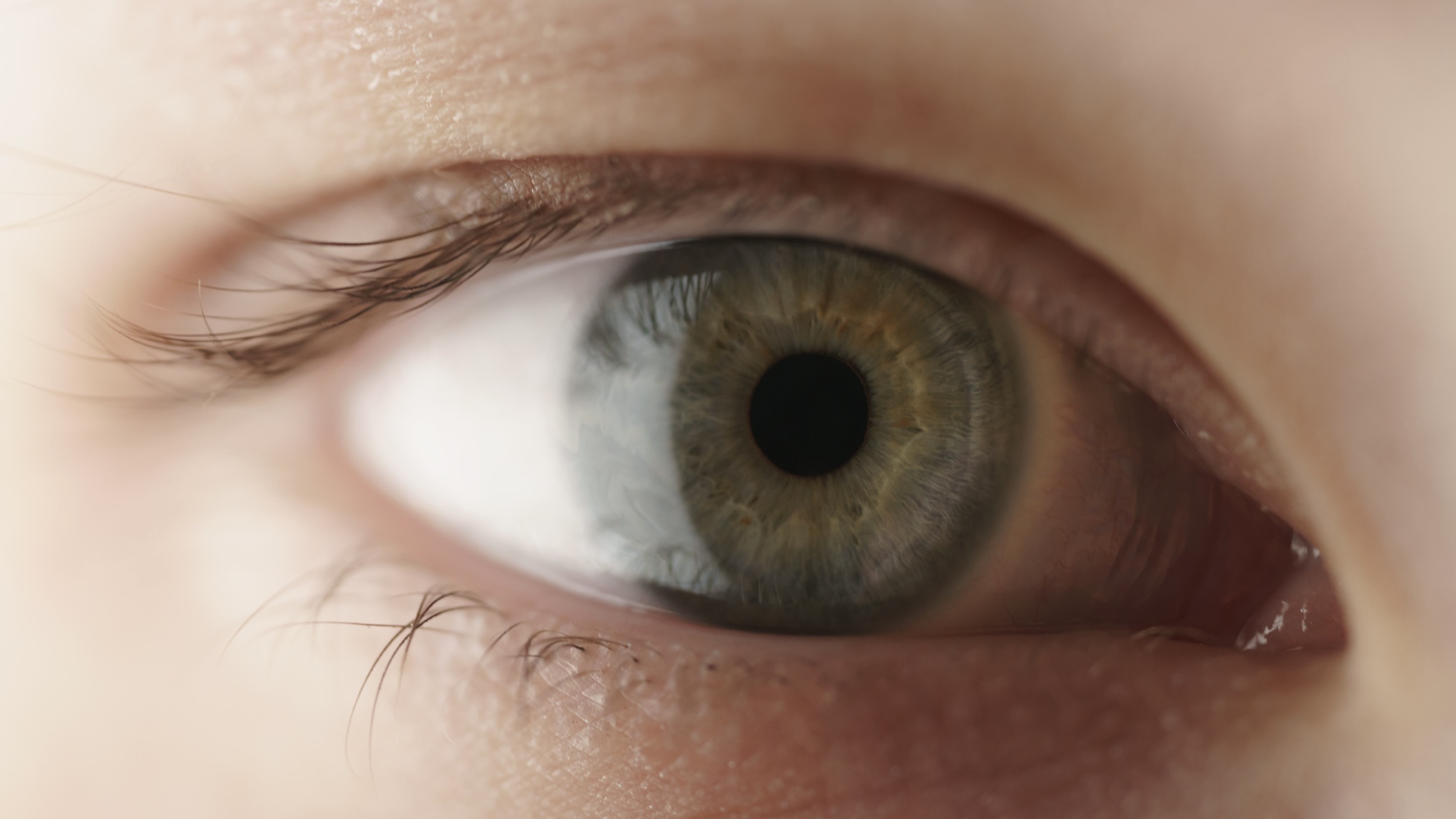
In a significant development for patients with inherited retinal dystrophy, the gene therapy drug “Luxturna” by Novartis Pharma has been released in Japan. While the drug comes with a high price tag of approximately 100 million yen for both eyes, its potential to prevent blindness makes it a ray of hope for patients suffering from this condition. The field of ophthalmology has seen increasing attention due to unmet medical needs, with major Japanese pharmaceutical companies making significant strides, signaling a transformation in the market.
Luxturna and Advancements in Ophthalmology
Luxturna is a gene replacement therapy designed to address the functional deficiency of the “RPE65 gene,” one of the causes of inherited retinal dystrophy. Prior to Luxturna’s availability, no treatment options existed for this condition, leaving patients with limitations such as night blindness and reduced visual sensitivity. This gene therapy product is the third in Novartis’ portfolio, following “Zolgensma” and “Kymriah.”
The field of ophthalmology has witnessed active development of new drugs through novel modalities. Astellas Pharma, a leading Japanese pharmaceutical company, recognized the potential early on. In their business plan for 2015-17, they identified ophthalmology as one of their key focus areas and expressed their commitment to developing new drugs using regenerative and cell-based approaches. In February 2016, they acquired Okata, a company engaged in cell therapy development in the field of ophthalmology.
Subsequent developments have been equally dynamic. Astellas acquired Universal Cells in February 2018, Quethera Limited in August 2018, and Iveric Bio in July 2023. In May 2023, they also announced a partnership with 4DMT. These acquisitions and collaborations have reinforced Astellas’s position in the field of ophthalmology by enhancing their business foundation through cell therapy and gene therapy programs.
Advancements in Ophthalmology and the Expanding Pipeline
One of the significant achievements in this sector is the approval of “IZERVAY” in the United States by the FDA on August 4, 2023. IZERVAY, developed by Iveric Bio, is a treatment for geographic atrophy associated with age-related macular degeneration. Regarding the market deployment, President Naoki Okamura explained that their field sales team would collaborate extensively with retinal specialists and testing institutions. While domestic development plans are yet to be confirmed, they have already completed the application process in Europe, positioning it as one of the products to compensate for the revenue reduction expected when the patent for the anti-cancer drug “Ixempra” expires in 2027.
Astellas’s pipeline includes “ASP7317,” a retinal pigment epithelial cell therapy aimed at atrophic age-related macular degeneration, currently in phase 1 clinical trials. Although the development was temporarily halted due to the impact of COVID-19, it resumed in June, with the first two administrations. Quethera’s gene therapy program and other preclinical and research stages are also in the pipeline.
Other Key Players and the Changing Market Landscape
Several other pharmaceutical companies have also entered the ophthalmology market with the aim of addressing unmet medical needs. Otsuka Pharmaceutical, in collaboration with Shape Therapeutics, has ventured into gene therapy development for multiple targets in ophthalmology. The companies will collaborate to apply ShapeTX’s AAVid capsid discovery platform and transgene engineering technology along with Otsuka’s expertise in genetic payload design and ophthalmology to develop novel treatment options for people living with serious eye diseases. Under the terms of the agreement, ShapeTX will receive an initial payment from Otsuka and is eligible to receive development, regulatory, and sales milestone payments potentially exceeding $1.5 billion in aggregate value. ShapeTX is also eligible to receive tiered royalties on future sales of products resulting from the collaboration.
Overall, the Japanese ophthalmology drug market has shown significant growth over the years. In 2014, it entered the top 10 in terms of drug effectiveness. The market size in the same year was 305.3 billion yen (based on drug prices), which expanded to 359.6 billion yen in 2020. However, in the following two years, it witnessed a decline. This could be attributed to the entry of biosimilars for Lucentis, which saw a 34.1% decrease in sales in 2022.
One of the prominent companies in the ophthalmology sector is Santen Pharmaceuticals, maintaining the top share in Japan. In the fiscal year ending in March 2023, the company reported a 2.2% increase in revenue, reaching 177.4 billion yen. With a 53.5% share in the domestic medical ophthalmic drug market, Santen has distanced itself from other competitors. Their flagship product, Aylia, targets age-related macular degeneration among other indications. It’s a product developed and distributed by Bayer, and Santen has obtained the authorization for authorized generics (AG) to prepare for potential biosimilar entry.
In summary, while specialty manufacturers have historically dominated the ophthalmology market, the recent entry of major players into drug development with new modalities has transformed the landscape. The ophthalmology market is currently at a turning point, with changes in market dynamics becoming increasingly evident.

Check out our AAV CDMO service to expedite your gene therapy research
PackGene is a CRO & CDMO technology company that specializes in packaging recombinant adeno-associated virus (rAAV) vectors. Since its establishment in 2014, PackGene has been a leader in the AAV vector CRO service field, providing tens of thousands of custom batches of AAV samples to customers in over 20 countries. PackGene offers a one-stop CMC solution for the early development, pre-clinical development, clinical trials, and drug approval of rAAV vector drugs for cell and gene therapy (CGT) companies that is fast, cost-effective, high-quality, and scalable. Additionally, the company provides compliant services for the GMP-scale production of AAVs and plasmids for pharmaceutical companies, utilizing five technology platforms, including the π-Alpha™ 293 cell AAV high-yield platform and the π-Omega™ plasmid high-yield platform. PackGene’s mission is to make gene therapy affordable and accelerate the launch of innovative gene drugs. The company aims to simplify the challenging aspects of gene therapy development and industrialization processes and provide stable, efficient, and economical rAAV Fast Services to accelerate gene and cell therapy development efforts from discovery phase to commercialization.
Related News
[2024/11/22] Gene and Cell Therapy- weekly digest from PackGene
FeaturedNewsArticlesPackGene's NewsletterReceive the latest news and insights to your inbox.About PackGenePackGene Biotech is a world-leading CRO and CDMO, excelling in AAV vectors, mRNA, plasmid DNA, and lentiviral vector solutions. Our comprehensive offerings span...
Novartis seeks more bolt-on deals as it purchases neuro startup for up to $1.1B
Novartis is buying gene therapy and neuroscience biotech Kate Therapeutics in a deal worth $1.1 billion in upfront and milestone payments, the Swiss pharma confirmed to Endpoints News on Thursday. And Novartis is not done yet. It is still on the lookout for bolt-on...
Genprex Signs Exclusive License to Additional Gene Therapy Technologies with the University of Michigan for the Treatment of Lung Cancer
License includes Genprex's Reqorsa® Gene Therapy in Combination with ALK-Inhibitors for the Potential Treatment of ALK-Positive Lung Cancer AUSTIN, Texas, Nov. 20, 2024 /PRNewswire/ -- Genprex, Inc. ("Genprex" or the "Company") (NASDAQ: GNPX), a clinical-stage...
Vyriad announces strategic collaboration with Novartis to develop in vivo CAR-T cell therapies
Collaboration will combine Vyriad's lentiviral vector platform and Novartis expertise and leadership in cell therapy innovation ROCHESTER, Minn., Nov. 20, 2024 /PRNewswire/ -- Vyriad, Inc., a clinical-stage biotechnology company developing the next generation of...
Related Services

Plasmids GMP Services
Multiple scales & grade of solutions of various kind of plasmids suitable for multiple treatments in a fast and cost effective way.
READ MORE

AAV GMP Services
Ranging from small-scale AAV production, to large-scale AAV cGMP manufacturing for animal studies.
READ MORE

Technology Platforms
PackGene’s proprietary π-Alpha™ 293 AAV High-yield Platform increases AAV production by 3 to 8 times that of traditional platforms.
READ MORE

